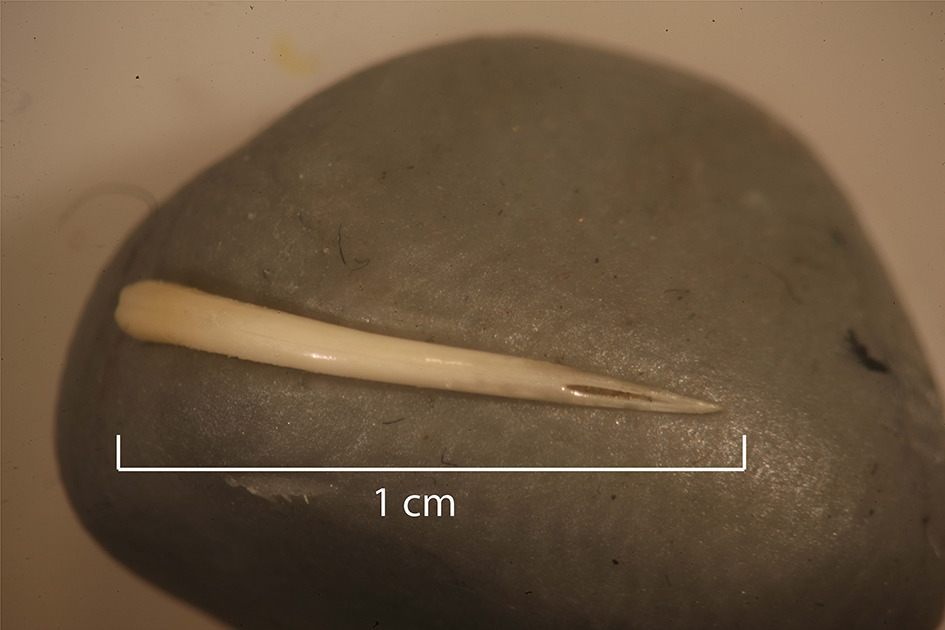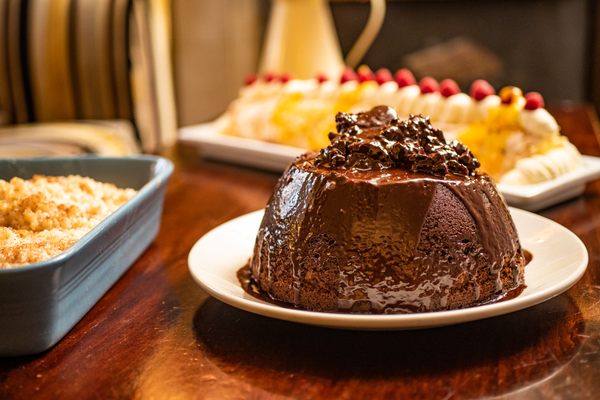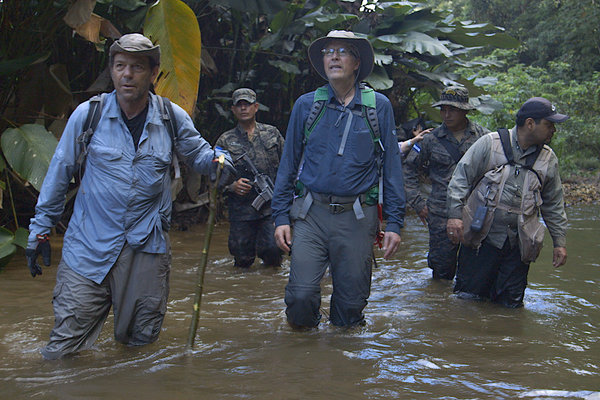A Hunter-Gatherer Ate an Entire Rattlesnake and We Have the Poop to Prove It
“We know that the person must have lived to the point of defecation.”

About 1,500 years ago, a hunter-gatherer in present-day Texas ate an entire venomous snake. This isn’t presumptive, an inference based on the knowledge that our ancestors’ painful trials and errors have informed our modern dietary preferences and precautions. It comes straight from the source: the individual’s fossilized poop, replete with one of the snake’s preserved, poison-pumping fangs.
The fossilized poop, or coprolite—discussed in a recent study in the Journal of Archaeological Science: Reports—was mined by the researchers while they were working on a group project in graduate school. The final project for the semester, explains Crystal Dozier, now an assistant professor of anthropology at Wichita State University, was simply to analyze a coprolite; neither the researchers nor their professor had any idea that this one would be so special.
It certainly didn’t look like much, after all: just “like a really skinny cow patty,” says Morgan Smith, an incoming assistant professor of anthropology at the University of Tennessee at Chattanooga.
After the team chemically reconstituted the specimen and revealed the snake’s bones, scales, and fang, however, the researchers realized they didn’t have their hands on just any really old poop. Smith compared the fang to others in Texas A&M University’s biodiversity collection, and concluded that it likely belonged to a rattlesnake. That makes this coprolite the first known fecal record of a human eating an entire venomous snake. (When asked about her favorite coprolites from throughout history, Dozier pointed to one bearing evidence of Chagas disease as particularly notable.)
We can’t know with total certainty why this person went for the serpentine snack. Maybe it was just the munchies: Dozier, after all, says that she has eaten a snake, too, even if she didn’t particularly enjoy it. But there’s some circumstantial evidence to suggest that the snake was eaten in a ritual act. First, explains Smith, some contemporary cultures viewed snakes as water carriers, and it seems that this snake was eaten during a drought—in possible hopes of restoring some rainfall. Moreover, Dozier says that the coprolite contained traces of a pollen associated with religious traditions (not to mention an entire rodent, even if that has less spiritual significance).

The evidence also suggests that the individual did okay during the meal’s direct aftermath. “We know,” at the very least, “that the person must have lived to the point of defecation,” which can take up to 48 hours, according to Dozier. Plus, she says, the poop seems to have been, well, sufficiently solid to appear normal and healthy. That doesn’t mean we should now feel free to eat venomous snakes like they’re candy bars. “All we have is the poop,” says Dozier, “so it’s hard to say what happened before or after.”
For her, the most exciting aspect of this discovery is that it gives us “a view of a particular person at a particular time”—a time that predates, by roughly 1,000 years, other records of people in the Americas eating snakes. Smith, meanwhile, says that the find attests to the importance of investigating samples just sitting in existing archaeological collections, and not only searching for undiscovered items out in the field.
Perhaps someone else will find the missing fang in another coprolite currently stashed away, awaiting future lab work. Dozier suspects that it may have been digested at a different time, as “an entire meal does not translate to one poop,” no matter how meaningful a single poop can turn out to be.
Gastro Obscura covers the world’s most wondrous food and drink.
Sign up for our regular newsletter.



















Follow us on Twitter to get the latest on the world's hidden wonders.
Like us on Facebook to get the latest on the world's hidden wonders.
Follow us on Twitter Like us on Facebook